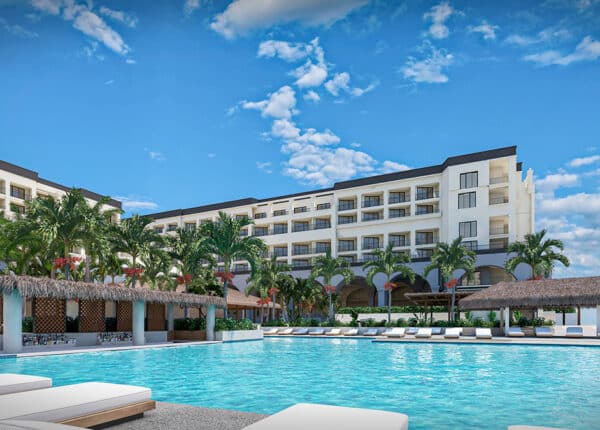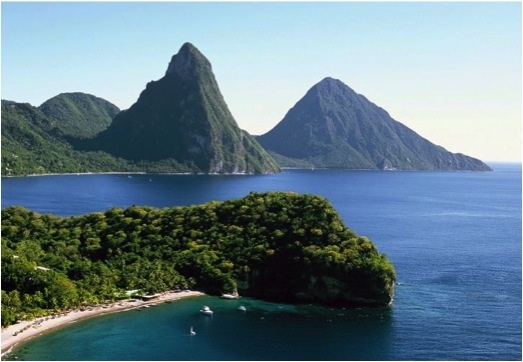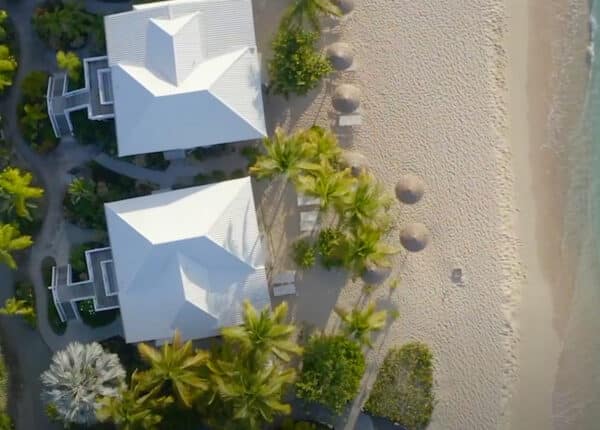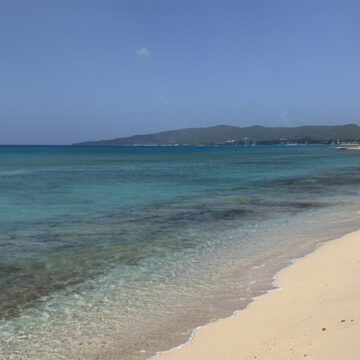For Large-Scale Earthquake in Eastern Caribbean, a Question of When, Not If
By Alexander Britell
Could the Caribbean experience another earthquake like the devastating one in Port-au-Prince in 2010? The answer is yes – and it could be even more powerful, according to Dr Joan Latchman, the director of the Seismic Research Centre at the University of the West Indies. The Eastern Caribbean is a subduction zone, which makes it one of the areas of the world able to deliver extremely high-magnitude earthquakes. The Haiti quake measured around 7.0 on the Richter scale – not such a large-magnitude quake but made catastrophic due to the particular characteristics of its location near the capital, and a number of factors on the ground in Haiti. A potential quake in the Eastern Caribbean, Latchman says, could be as high as 8.0, like one seen in the 19th century. And for the Caribbean, it’s matter of when, not if. To learn more, Caribbean Journal talked to Latchman about Caribbean earthquakes, recent changes in seismic activity in the region and what the Caribbean needs to do to prepare.
There were a series of earthquakes in the region last month. Can you talk about that activity?
Similar to what you are seeing in the BVI and Puerto Rico region, we have begun to see that sort of elevation in the area around Antigua and Barbuda, St Kitts and Nevis and Montserrat. In that little circle, we are seeing an elevation of activity. This is following a period where it was somewhat reduced, it was quiet. Over the years, since we have been monitoring the Antigua and Barbuda area, it has been one of the areas with high-level activity. Of course, there was the earthquake in 1974 north of Antigua. We know that area has the potential to generate a large-magnitude earthquake. The biggest we have seen in the area historically came in 1843, in the area southeast of Antigua, so we know historically that the area can generate a large-magnitude earthquake. So this elevation in activity is one that, while we cannot predict where it will lead, what it might culminate in, and how long it will take to do that, it does remind us of the kind of activity that we can face in the region, and the need for our being prepared for all times.
Can the region see a similar earthquake to the one in Haiti in 2010?
The Haiti earthquake was not such a large-magnitude earthquake. If you look at earthquakes of magnitude of 6.6 to 7.0 as being a class of earthquakes, you get ones like that around the world, about two every month. The consequences were significant because of the particular characteristics of location and depth and proximity to the capital city, with several poorly-constructed buildings and large numbers of people, large population density. So magnitude 6.6 to 7.0 is great in the Eastern Caribbean, indeed – we would get those earthquakes every few years, and we can have one of magnitude 7.0 in the region. That would be entirely consistent with the activity we are currently seeing.
How are governments preparing for this possibility?
Certainly, the governments have disaster offices, and they are trying to put measures in place to be prepared. I am not sure how many would say they are fully prepared, but they are actively trying to do that to be fully prepared.
What stands out in the recent activity you have been seeing?
Well, there is the elevation and changes that we have observed in other areas. While it’s not a large increase, in some of the areas where we have not been seeing certain levels of activity for several years, we are seeing some small increases in the number of earthquakes. So we are seeing general changes in the style of the activity in the Eastern Caribbean. In the southeastern area, we have seen changes in the activity in the Trinidad area, so the changes in systems are always of concern, because these small changes may portend something more significant. While the science is not at the place where we can, at this time, say definitely that this is the course that the activity we are seeing will take, it behooves us to put mreasures in place to be prepared for something that might happen. The largest magnitude of which the Eastern Caribbean system is capable in the historical context is greater than magnitude 8.0, which is among the largest earthquakes around the world.
What does that history tell you?
We haven’t seen an earthquake of that magnitude for more than 100 years. We saw it in the 1800s, and we didn’t see that size of earthquake in the 20th century. And now we are into the 21st century, and one would expect that the system continues to follow all the laws that it has always been following. The plates are continuing to move – that has not changed – so strain energy continues to accumulate on those large faults that can generate those large-magnitude earthquakes.
One day, sooner rather than later, it would be the logical conclusion that such an event would occur.”
What are the particular characteristics of seismic activity in the Eastern Caribbean?
Well, we are a subduction zone. The area is in the subduction zone because of the coupling zones that take place in the descending slabs, and that strain energy accumulation causes some of the largest earthquakes in the world – we are one of those areas, which is different from San Andreas [in California] which is a strike-slip system. Our area is considered one of those that can generate those really large earthquakes. So we can get our big earthquake here and, while using the term loosely, the recurrence intervals – that is, the time between those big earthquakes – is long, because our plates are moving more slowly, just 2 cm per year, so it takes a long time. In Chile, you can have a big earthquake every 10 to 20 years – our magnitude 7.0 would occur every 20 to 30 years, and our magnitude 8.0 every 100 years, so that’s a long period of time for these big earthquakes to occur. It’s time enough to make us think that we don’t have to worry about it – which is very unfortunate.
The historical account is that these earthquakes can and do occur.”
The historical account is that these earthquakes can and do occur. In 2007, we had a 7.3-magnitude earthquake north of Martinique. In many parts of the world, that would cause significant damage. This one occurred because it’s a subduction zone, and earthquakes can occur below a depth of 140km. It put the earthquake effectively further away from the island, and the impact was reduced. Because the damage was minimal, this leads to a sense of complacency – the idea that we get our big earthquakes and don’t get much damage. But this would be an unfortunate conclusion to take away from this episode. We can have those very large-magnitude earthquakes that inflict severe damage in this region.
What does that mean for Caribbean governments in the way they handle the threat?
For this reason, there’s an urgent need to legislate building codes in our region, and not just legislation but enforcement of the code, to ensure that all structures going forward are built in accordance with the best-known seismic-resistant designs. More important than that, or as important, is ensuring that our critical facilities are put to code – which may involve a certain level of retrofitting to be sure that when the earthquake does occur, and you notice that I said “when” and not “if,” that our hospitals our fire stations and those institutions we will need during such an event, would ride through the event and come out serviceable, functioning and capable of meeting the needs of the population.







